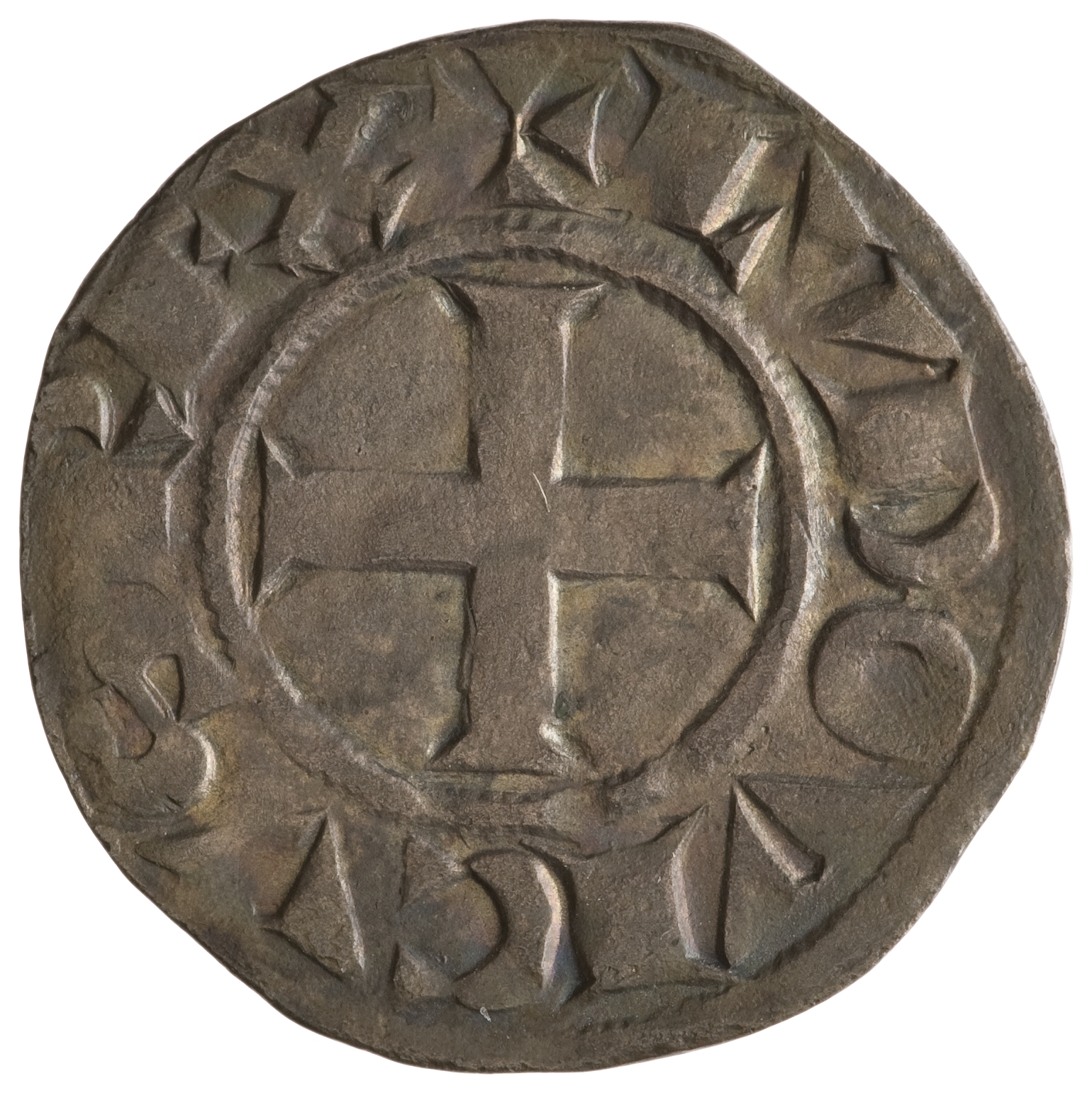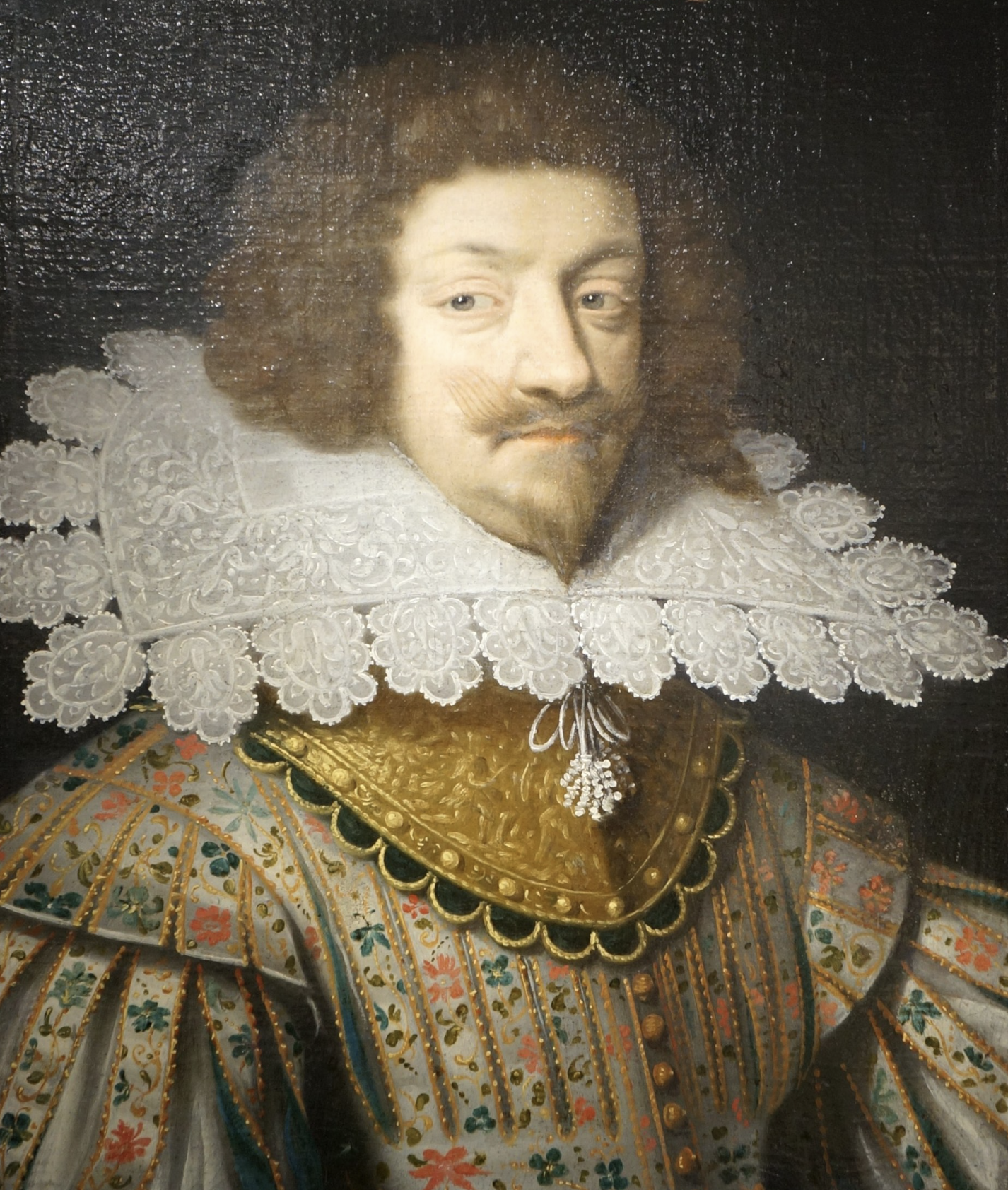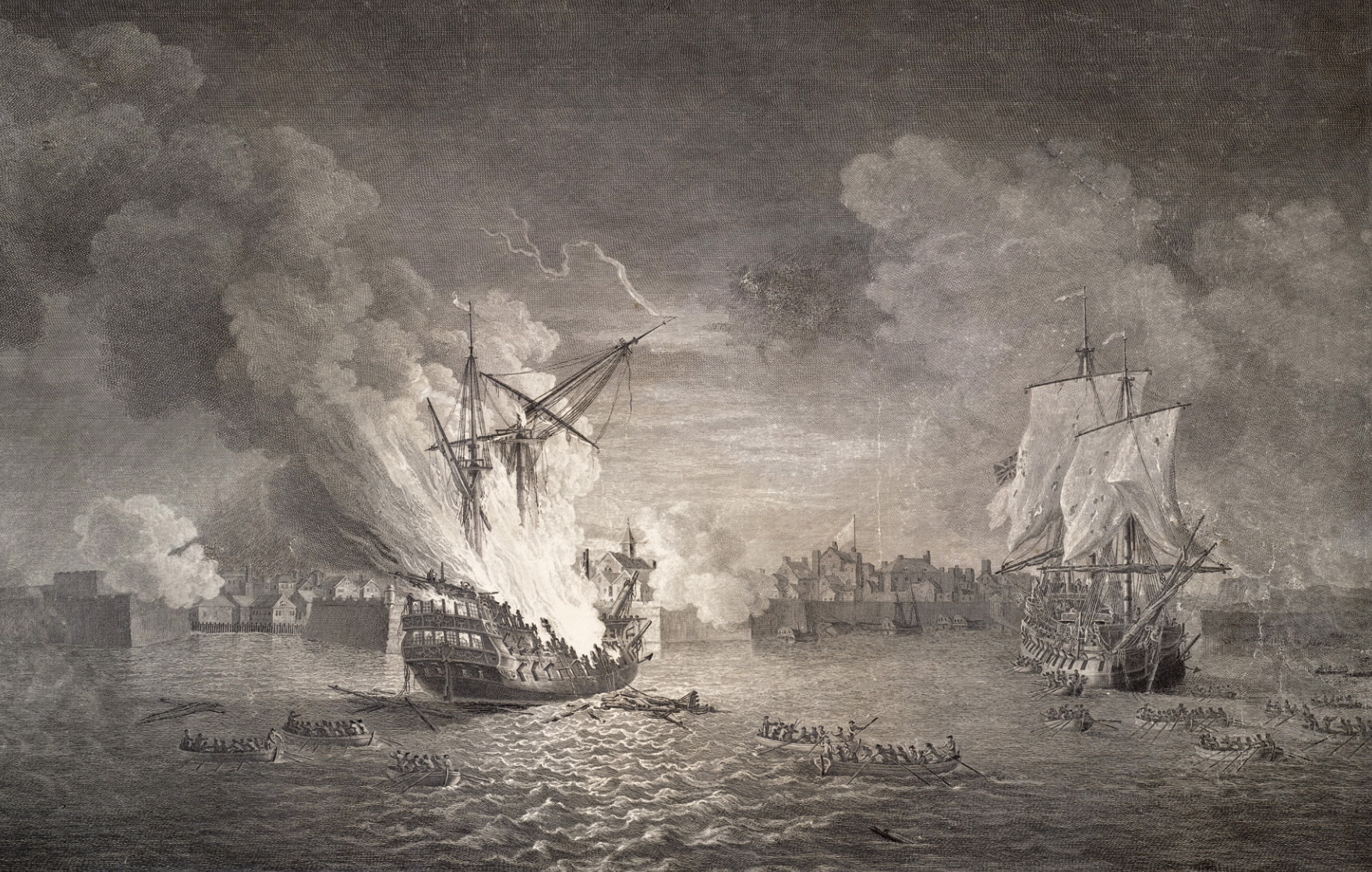The Denier Tournois
One manifestation of the centralization of states is the standardization of measures, and no system of measurement is of more concern to a state than that of money. Standardization can be a complicated and difficult process, though, because it is most advantageous for those whose local system is adopted as the general standard. The long struggle of many generations of French kings to create a centralized state in the Middle Ages provides an interesting example of the process.
Charlemagne had established a unified system of coinage for much of western Europe, including France, in the late 700s, based on the silver denier. The Carolingian monetary system also provided the system of account—deniers, sous, and livres—that lasted into the modern era.


During the feudal era, however, as political power—and with it control over coinage—fragmented, the standards of different localities diverged. From the denier provinois of the Counts of Champagne and the denier angevin of the Counts of Anjou to the denier tolosain of the Counts of Toulouse and the denier melgorien of the Counts of Melgueil, there were many different monetary standards in twelfth-century France.




When King Philip II of France transformed the French monarchy into the dominant political force throughout France in the decades around 1200, monetary standardization was an important part of his policies. In the abstract, one might have expected him to make the denier parisis—the coinage established as the standard of the Paris region by his father, Louis VII—into a national standard. The reality is both messier and more interesting.
When Philip II was crowned in 1179, the most important ruler in France was Henry of Anjou—who, apart from being King of England, was also Duke of Normandy, Duke of Aquitaine, and Count of Anjou, and thus overlord of the western half of France. Some of the other regional lords, such as the Counts of Champagne and of Toulouse, were also more powerful than their theoretical suzerain, the king. There were several local monetary standards in the Angevin half of France, of which one of the most prominent was the denier tournois of the Abbey of St. Martin of Tours.


Through a combination of deft diplomacy and military successes, between 1193 and 1214 Philip managed to take the majority of Angevin France from Henry’s sons Richard and John, including Tours. The vastly increased royal domain now contained many coinages again, and much of it was not accustomed to the denier parisis. Philip’s solution was to establish a dual standard for the kingdom: the denier parisis and the denier tournois were both produced as royal coinages to circulate throughout France.


In the long run, the denier tournois, already widely used in a large part of France, proved to be a more standard than the denier parisis, which was only used in northeastern France. The relationship of the two standards was fixed such that 1 denier tournois was always equal to 0.8 deniers parisis. Minting of the denier parisis as a physical coin ceased in the fourteenth century, but the denier, sou, and livre parisis continued in use as a system of money of account in the Paris area until the seventeenth century. In the rest of France, however, the denier, sou, and livre tournois had become the general standard system of money of account. The physical coins of this system included the denier tournois and the double tournois, valued at 2 deniers.


As Louis XIV continued the centralization of the French state in the seventeenth century, the dominance of the tournois system made it possible to impose a single monetary standard on the entire kingdom. His government ended the use of the parisis system in 1667, thus completing Philip II’s monetary standardization by making the system of the Abbey of St. Martin of Tours, once part of Angevin France, the official national standard.






